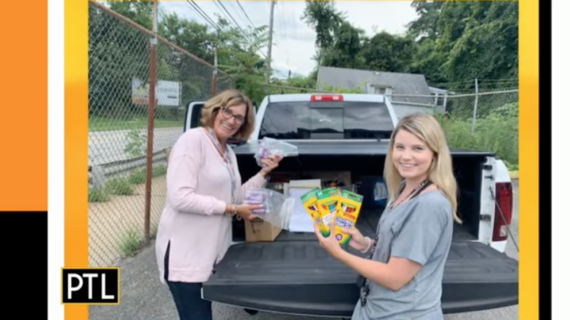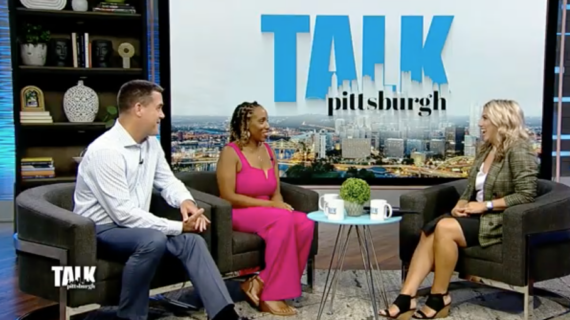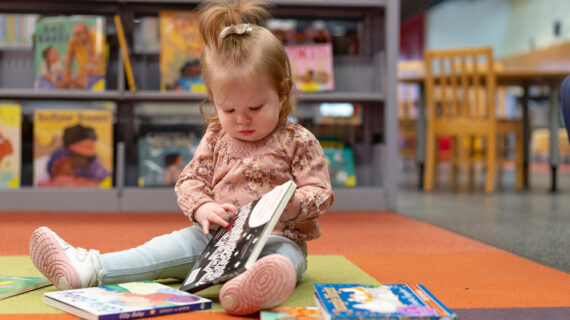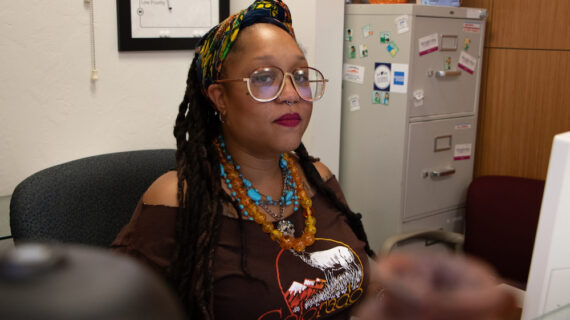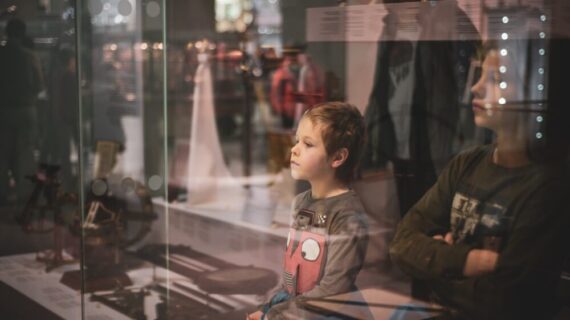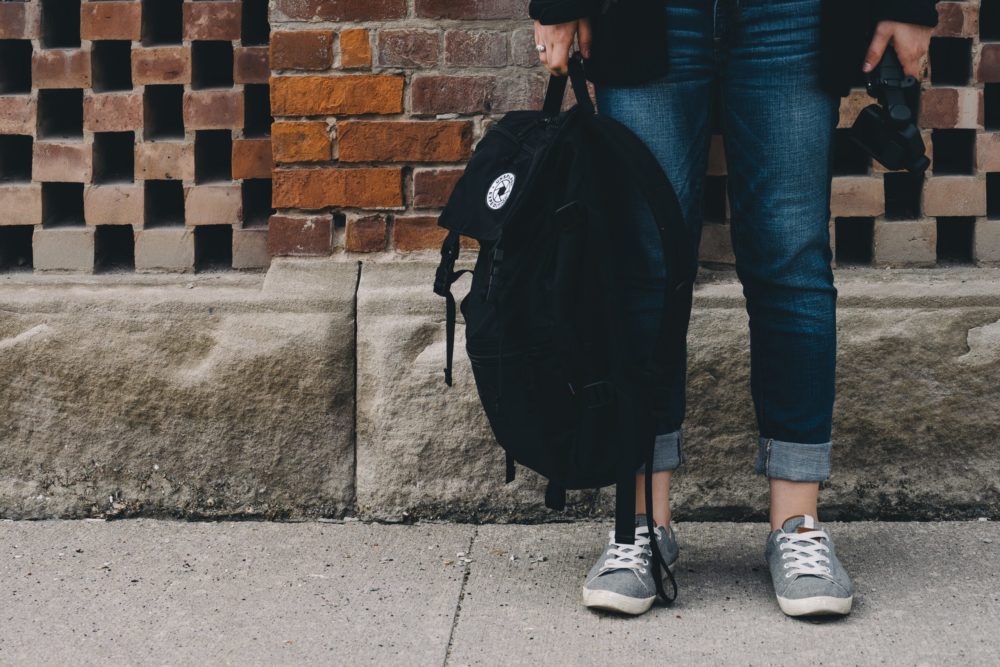
4 simple ways to help kids (and parents) get more organized this year
This story has been updated for the 2023 school year. Photo above by Scott Webb by permission via Unsplash.
This week, many Pittsburgh kids will return to getting up early in the morning and going to school — and some kids will build those skills for the first time. To help you navigate these fun-but-challenging days, Kidsburgh asked Amanda Ozanich, the child and adolescent assistant program director at UPMC Western Psychiatric Hospital, for some tips on how to keep kids on task, organized, and ready to meet the day (with a minimum of aggravation and a tiny bit of fun, we hope!)
Kids crave structure, so create a routine.
“I think the most important thing to remember is that kids — no matter what their age — they really thrive in structure,” says Ozanich. “Any predictable routine helps kids regulate their emotions and makes them feel safe…They’re hungry for it.”
Order and predictability are important, particularly now. Develop routines and stick to them. As kids get familiar with how a smooth morning routine or a smooth bedtime unfolds, they’ll be more able to repeat those organized behaviors day after day.
A familiar after-school routine can really help. For example: “When you come home from school, give the younger kids 30 minutes to an hour break before you establish homework time,” explains Ozanich. “And then, as you’re transitioning to homework time, give them warnings.”
Along the way, use verbal cues: “‘Alright, Johnny we have 15 minutes until homework; okay Johnny we have 10 minutes. Five minutes. One minute.’ Give them the warning,” she says. “If you can provide a timer, that would be great.”
This approach helps transition kids from play to homework, and can ease uncomfortable feelings.
Make visual schedules
It helps when kids can see what they need to do.
If your school provides a planner, that’s great. And parents can create a version of it to use at home. List the child’s responsibilities, which can include schoolwork, chores and daily things like taking a bath. “Then you practice that schedule and make it fun,” says Ozanich.
You can make your own, of course, but there are lots of examples you can find online (Google the words “visual schedules” for many options).
A written list helps kids plan for transitions and lets them see what’s coming next. This is especially helpful for kids with autism or anxiety, but it’s good for all kids.
Kidsburgh editor Melissa Rayworth noted that when her kids were younger, she had success getting them organized with a simple, easy-to-read schedule posted where they could always see it.
“We put a huge dry-erase decal on the back of each boy’s door— like a big dry erase board, but we could peel it off if we needed to,” says Rayworth. “We wrote out a bedtime routine for each boy — pack school bag, pick out clothes for the morning, change into pajamas, brush teeth, etc. At night they would use a dry erase marker and check off each one. Then I’d erase the checkmarks in the mornings, so we could use the list again that night. Simple, but really helpful.”
Model organized behavior
“Be a good role model as a parent,” says Ozanich, by setting out your clothes the night before, making your lunch for tomorrow or setting the breakfast table before you go to bed.

The key to this? Do it with your child. Pack your lunchboxes together, then make sure they’re both in the fridge together. Or brush teeth together and sit down quietly in pajamas to read a book to your child before they go to sleep.
It’s a bonding opportunity, a fun way to teach, and it keeps you organized. “You’re modeling the appropriate behaviors that you want to see,” Ozanich says, “but you’re also getting yourself ready for the next day.”
The key is consistency: Staying organized is like lifting weights. The more often you do it, the stronger and better you get at it. So try to stick with good family routines, but also be patient with yourself.
“We’re gonna have bad days as adults; we’re gonna have bad days as kids; we’re gonna have bad days as parents,” Ozanich says. “Some days are just off. Just allow yourself to make mistakes, and then pick it up the next day, and move forward and really try to focus on the positive.”
If a problem keeps happening — forgetting a book at home, for instance — you can come up with a Plan B. Have an extra book on hand at school, for instance, or make sure you put all books by the front door at night. Focus on the positives, not the days when things fall apart (as they inevitably will).
Include older kids, too.
“Time management is something you can teach at any age,” says Ozanich. Talk with teens about how they can keep on top of what classes happen when, and what they need for each. Ask them to show you the system their school uses (perhaps Google Classroom or Canvas) and come up with a system for keeping track of work that’s pending.
A great strategy for older kids: color-coded filing, says Ozanich. If you decide that “science is green, math is orange,” she says, you can always make sure the green folder is in your child’s backpack on days when they have science class.
Another good move for kids of all ages: Make Sunday “Clean-Out-Your-Backpack Day.”
It may seem unnecessary, but so many things — food, drink, art projects and homework — all can get squished in a backpack together. On Sundays, take a moment to put papers in the appropriate folders, clean out the garbage, and be ready for the coming week without the last week’s junk weighing you down.
Every kid is different, of course, and requires different amounts of parental involvement. But all kids can improve their organization. So once you’ve set up good routines and practiced them together for a while, let bigger kids try to stick with it on their own.
“You have to be able to allow them to, for lack of better words, ‘spread their wings’,” notes Ozanich. “They need to gain independence, and you don’t want to be doing everything for your kids for the rest of their lives.”
“By the time they’re in middle school, they should be able to prepare their own lunch the previous night, pick out their own clothes. Those are independence skills that they should be working on and getting stronger throughout elementary, and going into middle school.”
The earlier that you start setting organization and routines with children, the easier it is for them to keep doing it as they get older.
“Predictable routines, predictable habits, making sure that there’s consistency,” she says, can help kids feel regulated. That way, “even if it’s organized chaos — it’s still organized and makes sense.”



